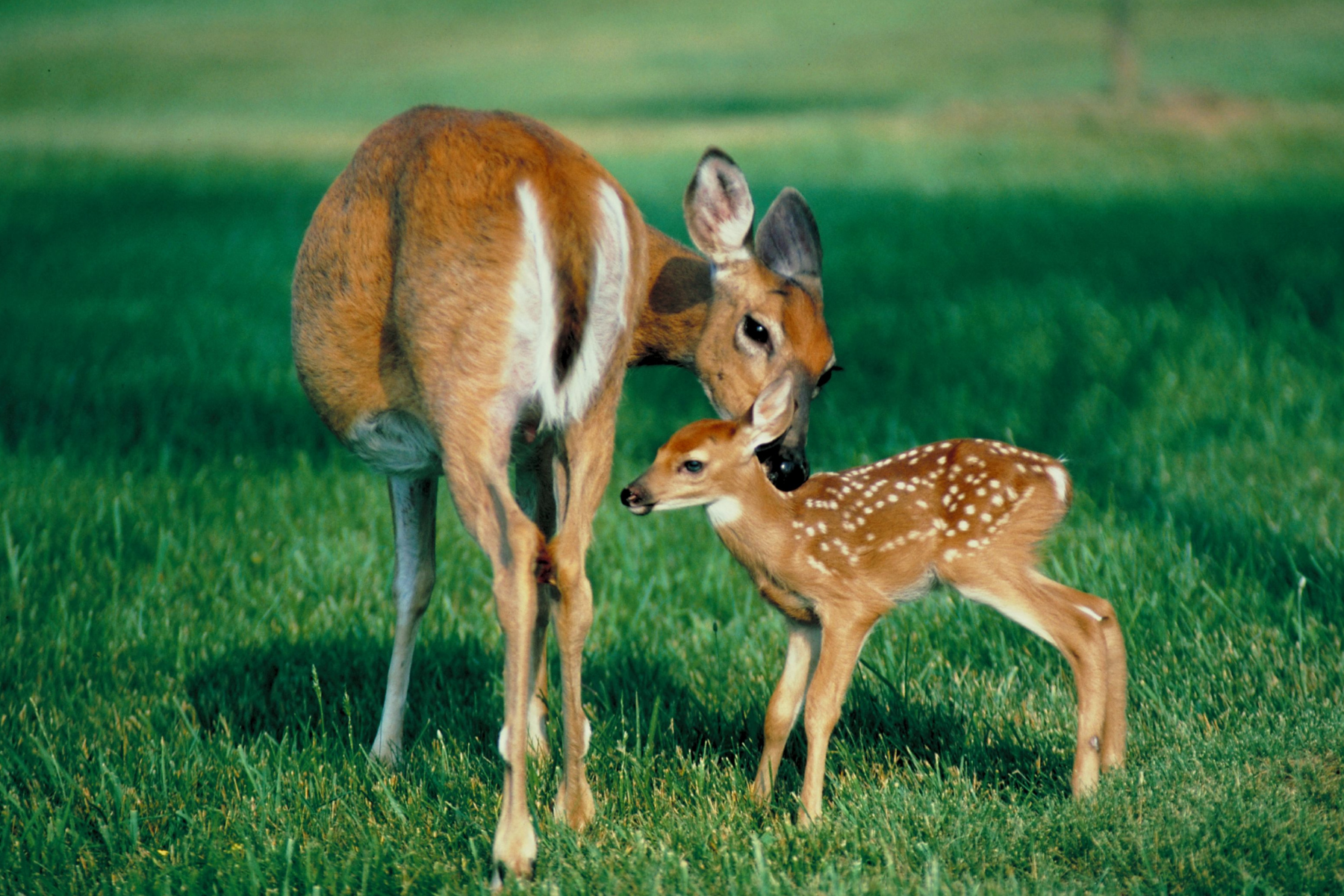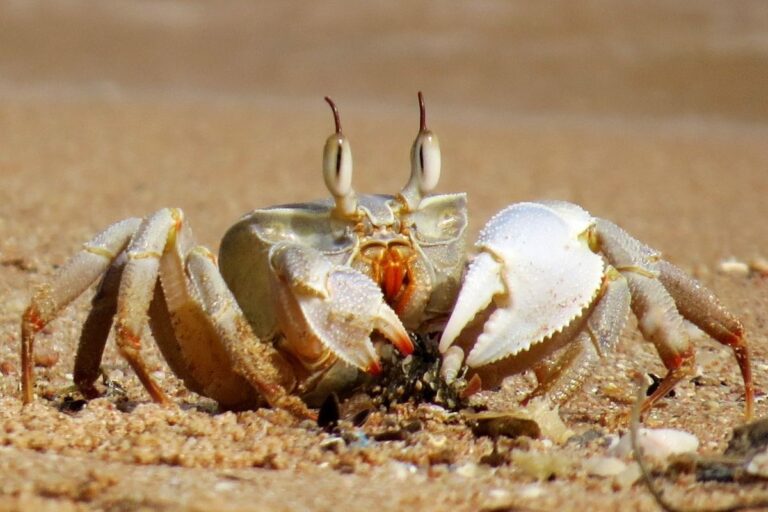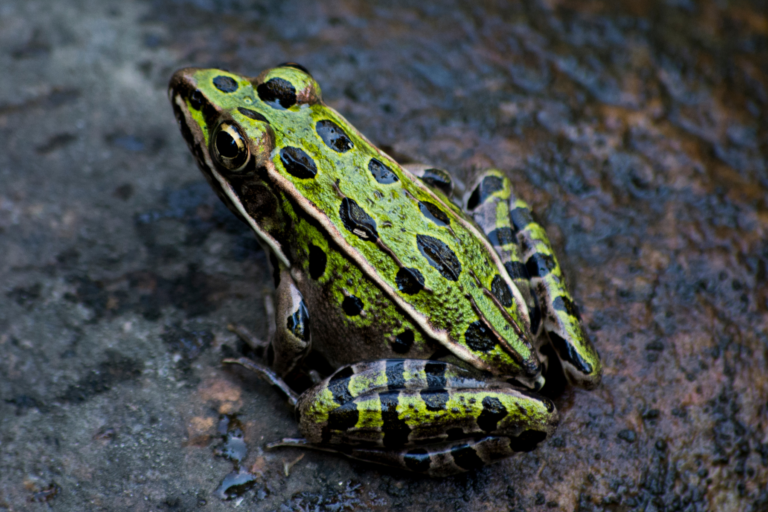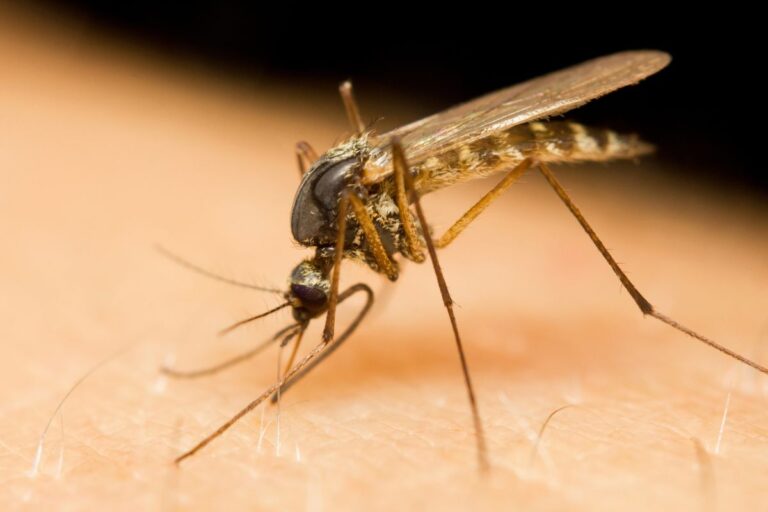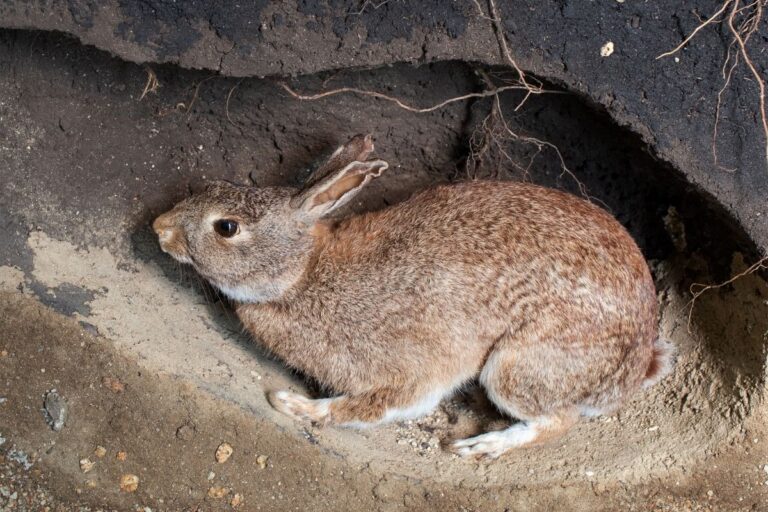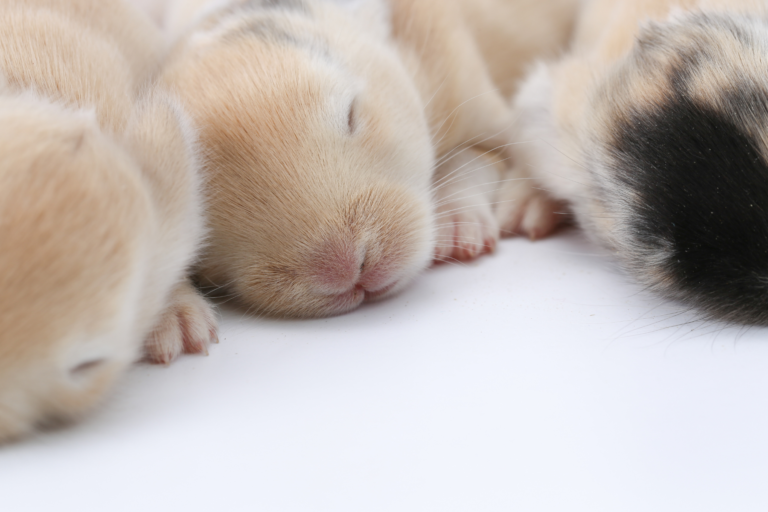How many babies do deer have?
Last Updated on November 20, 2021 by
The movie Bambi, and paintings of mother deer and their fawns in dewy meadows have caused people across the globe to fall in love with the delicate beauty of baby deer. So just how many babies do deer have and what are their mating habits?
While there are a multitude of deer species, many of them follow similar lifecycles and all of them produce adorable young. Deer are doting mothers, but their parenting is much different than that of humans, so let’s take some time to explore the lesser-known facts about baby deer.
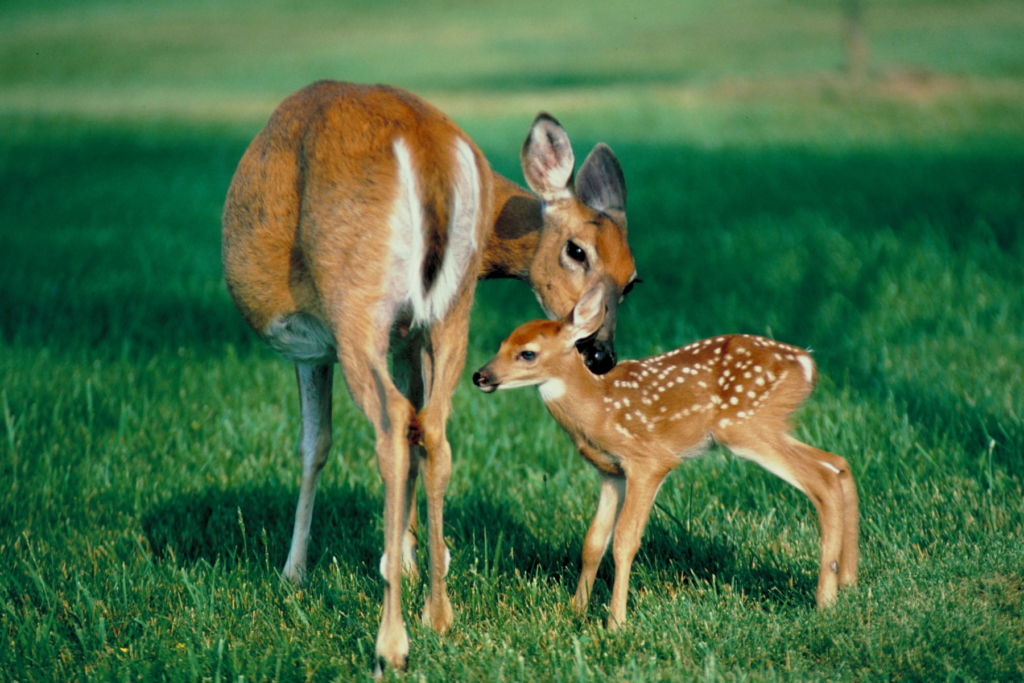
When Do Deer Mate?
Deer are seasonal breeders, so they generally can not and do not mate year-round. While some deer may come into estrus, a period of fertility in female deer, multiple times, it normally only occurs once. Studies have suggested that female and male deer mate based on hormone level changes that are triggered by the shortening of daylight as the seasons change. As the days become shorter, female deer move into estrus and male deer start a period of high testosterone and competition known as the rut.
Deer generally mate in the fall, with a majority of mating happening from mid-September to mid-November, but this can vary based on the species and their location. Although deer have a preferred breeding season, it has been noted that unbred female deer can have another estrus cycle up until March, which is less preferable for the survival of their young, but still possible.
How Long Are Deer Pregnant For?
The gestation period of deer is normally around 200 days. This gestation cycle may seem long compared to smaller animals, but it gives fawns plenty of time to develop before they are born and it means they will not be born into harsher winter weather. This longer pregnancy is also part of the reason why most species of deer only get pregnant and give birth once a year.
How Many Babies Do Deer Have?
Deer can have anywhere between one and three babies. One or two fawns are considered to be the most common, with three being rarer. A mother deer has to protect, raise, and feed all of her young without any help from the father, so normally a fawn’s chances of survival are considered to be higher if they have fewer siblings.
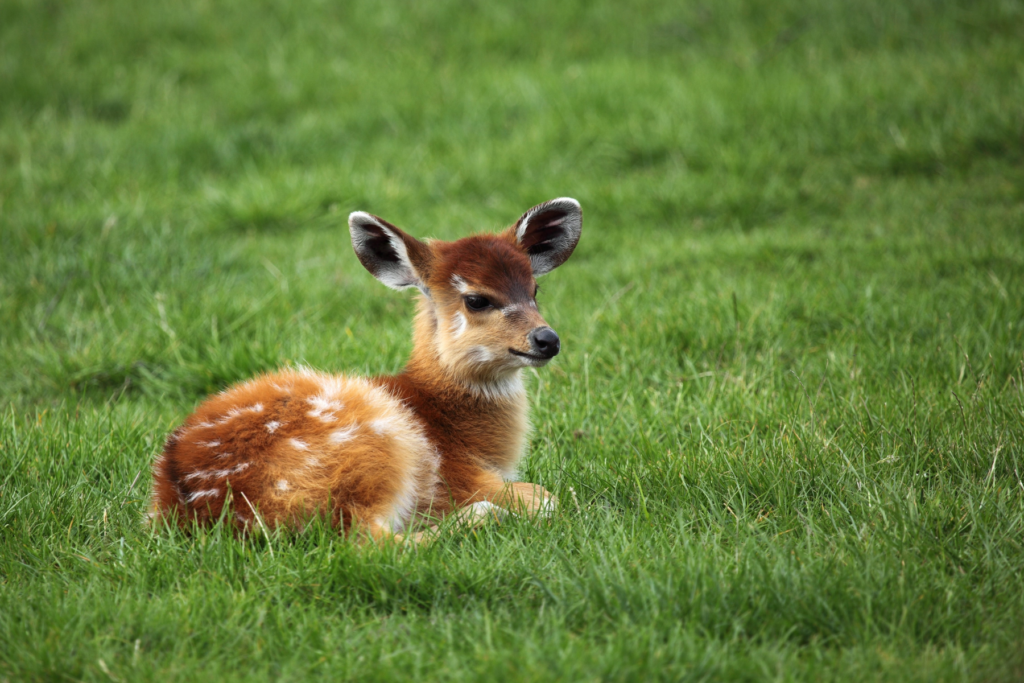
When Do Deer Have Babies?
If a deer is bred during the normal rut season in the fall and they have a normal gestation period, then they are most likely going to give birth in the spring. Despite differences in breeding seasons, a majority of deer give birth during the mid to late spring. This timing is best for fawns as it provides them with lush green habitats to hide in and makes it easy for their mother to keep them warm and fed.
How Do Deer Have Babies?
Deer are mammals, and so they give birth to live young. Normally a mother deer will find a comfortable secluded place to give birth. Unlike many other mammals, baby deer are able to stand just ten minutes after they are born. They are also born fully alert, with their eyes open and all of their senses working. Within seven hours most baby deer are up and walking, even if they are still a bit clumsy. At this point, mother deer will allow them to nurse and clean them up before they tuck the fawn away and go out to forage.
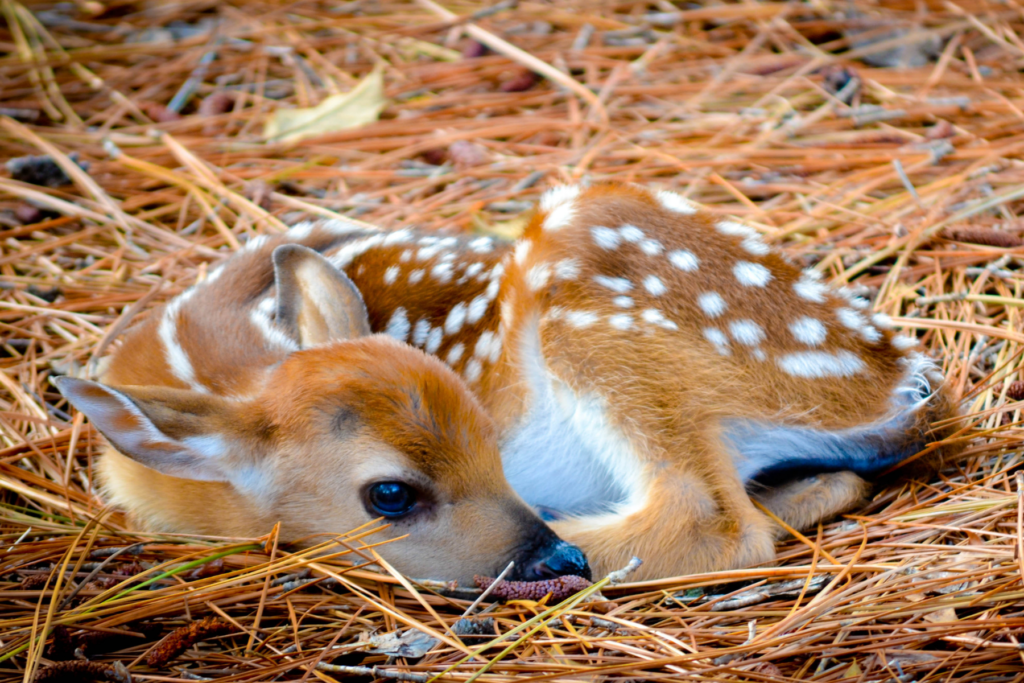
How Long Do Deer Babies Stay In The Nest?
Deer do not make a nest like birds or rabbits, but they do keep their young hidden in secluded places. A mother deer will normally place their fawns in tall grass or other greenery where they are unlikely to be noticed if they stay silent and still. The mother will return periodically and nurse her young before heading back out to find food of her own. Occasionally she will move her young to new “nests” in an effort to keep them well hidden from natural predators and humans.
Mother deer continue to nurse, hide, and keep their fawns in makeshift nests until they are around three weeks of age. At this point, the fawns are rambunctious and agile enough to flee from danger, so they leave their nests and follow their mother. During this time baby deer learn to fend for themselves and they stay with their mother through the coming winter, before setting off on their own.
When Do Deer Babies Reach Maturity?
Baby deer are able to walk and even run at a relatively young age, but this does not make them mature. It takes many months for a fawn to learn how to fully fend for itself and, in many species of deer, fawns often stay will their mother for about a year before they head off on their own. Despite not being fully mature in a physical and self-sufficient sense, young female deer can reach sexual maturity at as young as six to eight months old in some species. This means they can have their first fawn at around a year old, even though they will continue to grow until they are about 3 years of age.
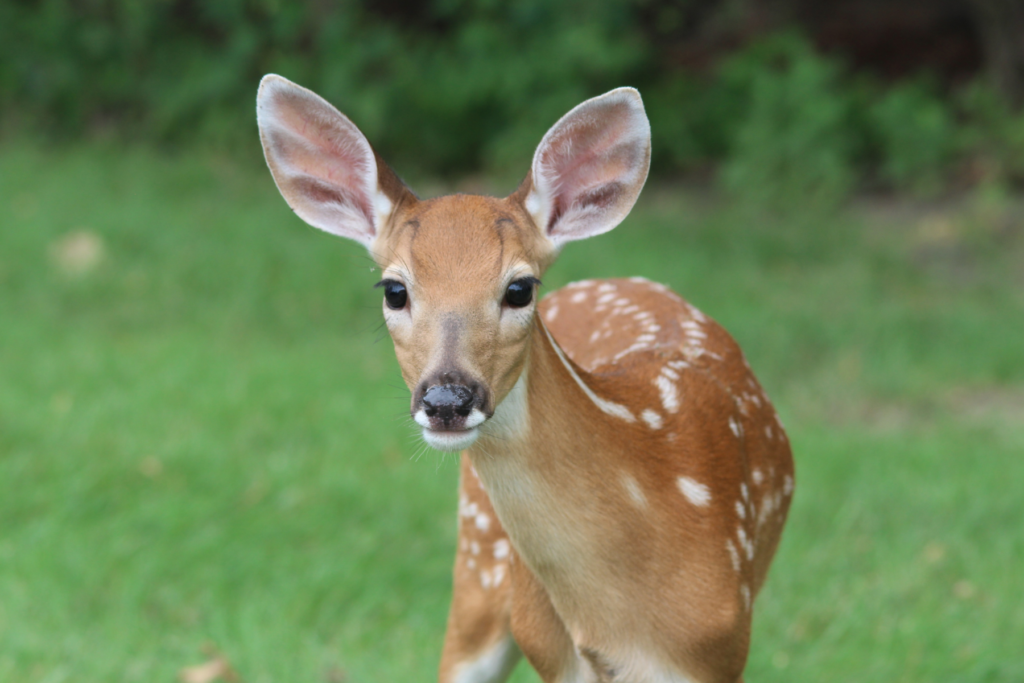
Other Deer Breeding Habits.
● A mother deer that has multiple young will hide her fawns separately to better the chances that they are not found. She will also apply light pressure on their backs to encourage them to lay down in their hiding space and stay still until she returns.
● People often consider hidden fawns to be orphaned just because they do not see the mother deer around, but the truth is that a mother deer will stay hidden if her fawn is discovered.
● While people should never feed, touch, or relocate a healthy and well-hidden fawn, a physical intervention will not prevent the mother from returning. If the fawn is healthy and uninjured, it can be left alone and the mother will return within 24 hours if she is also healthy.
● Fawns are commonly born with white speckles or other patterns on their back to help them blend in with the landscape while their mother is hiding them.

